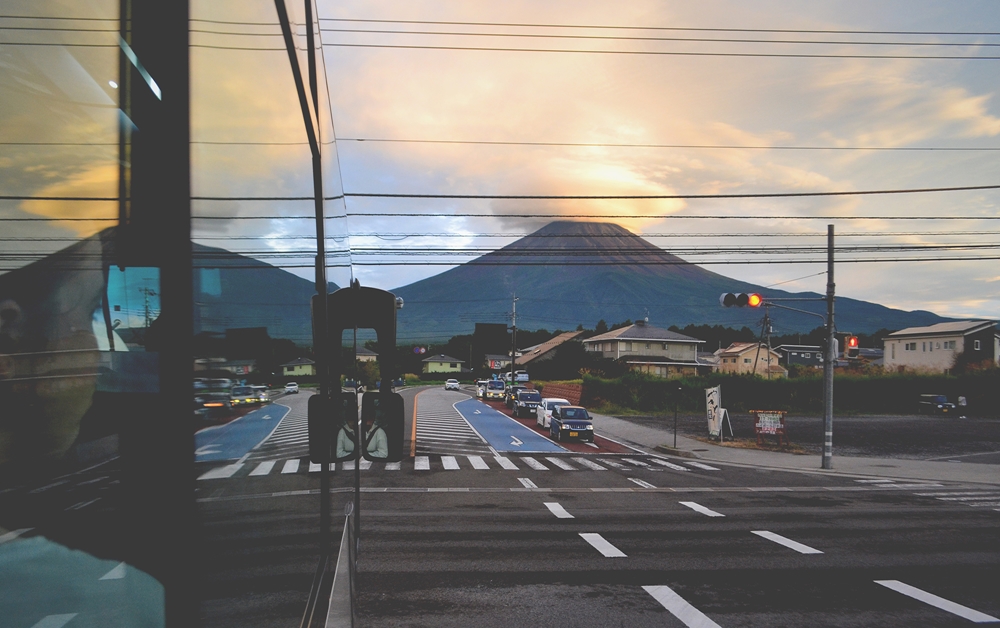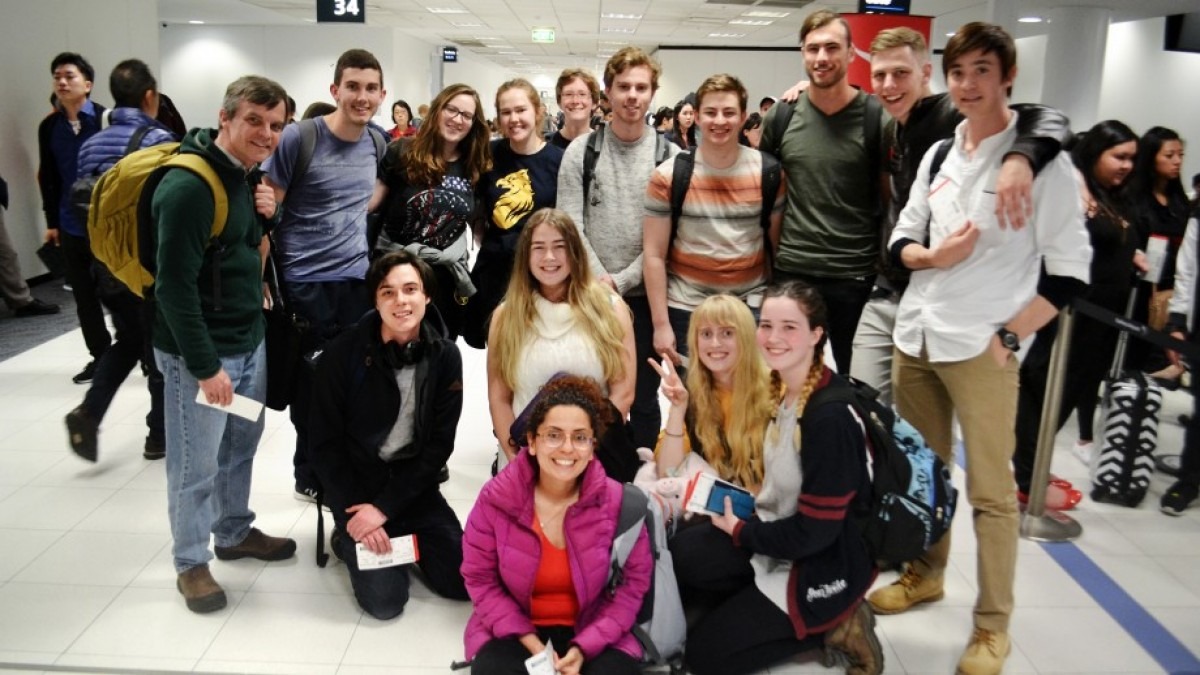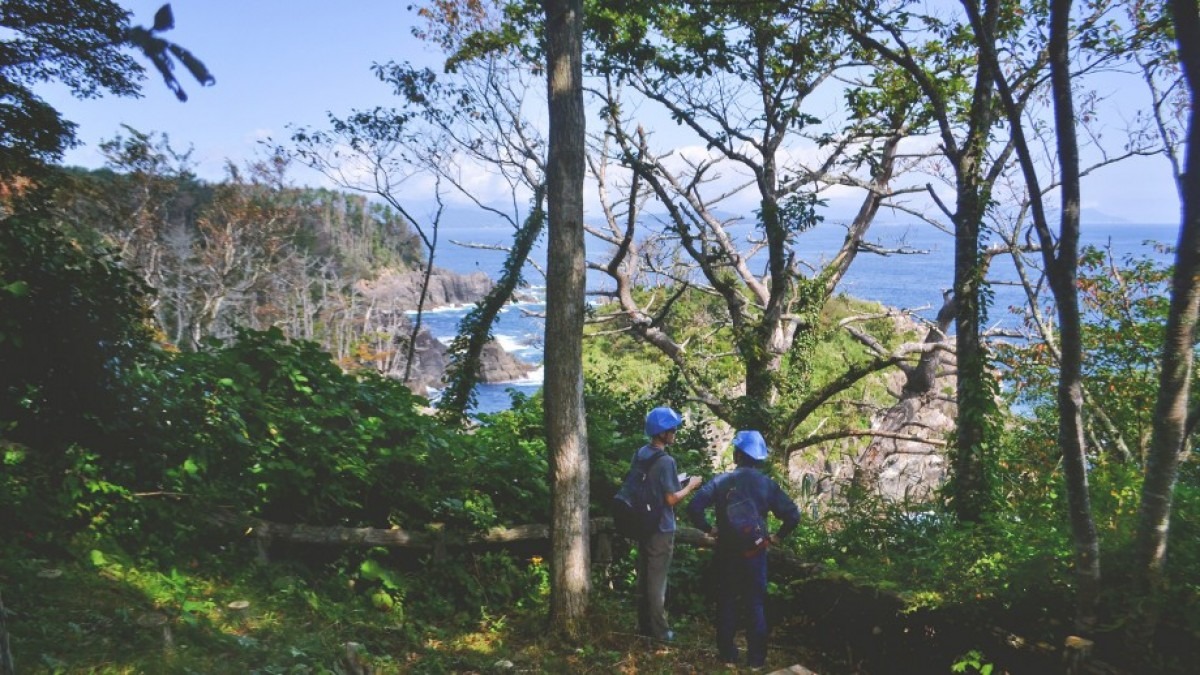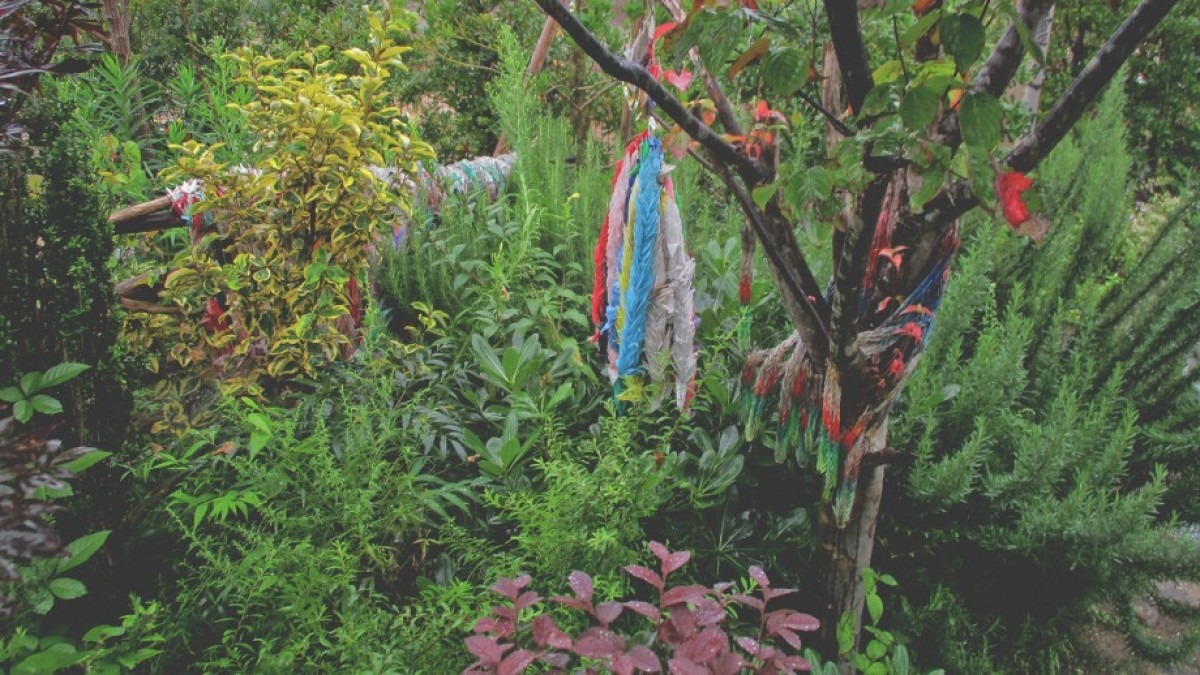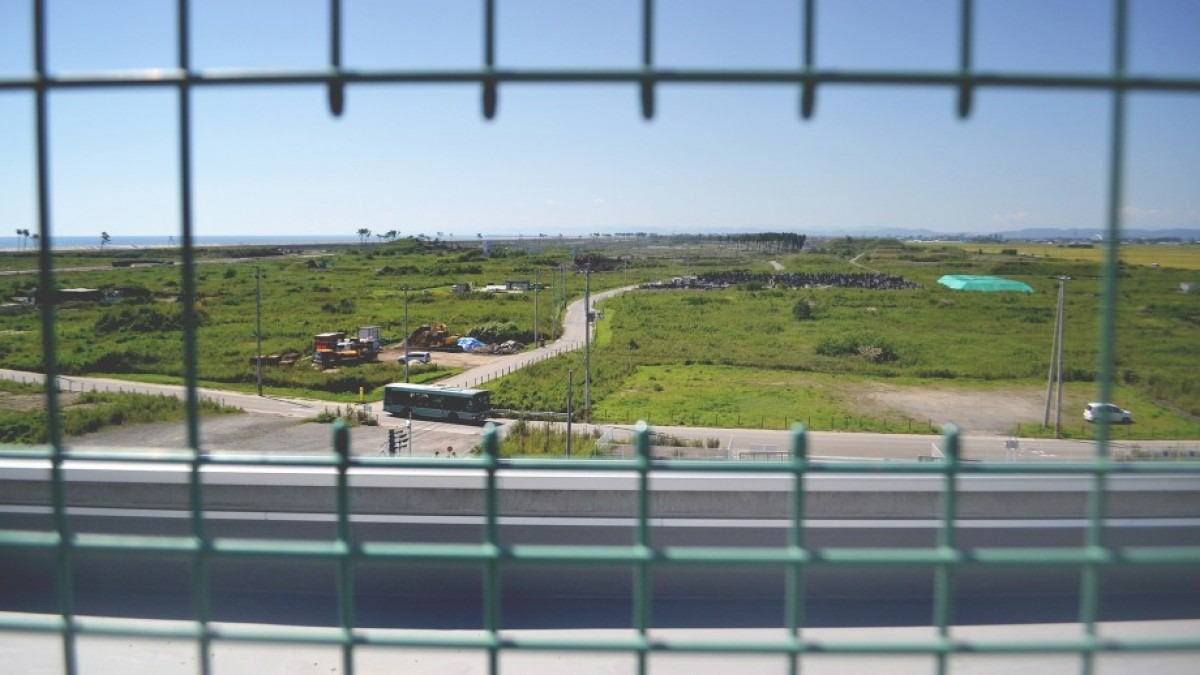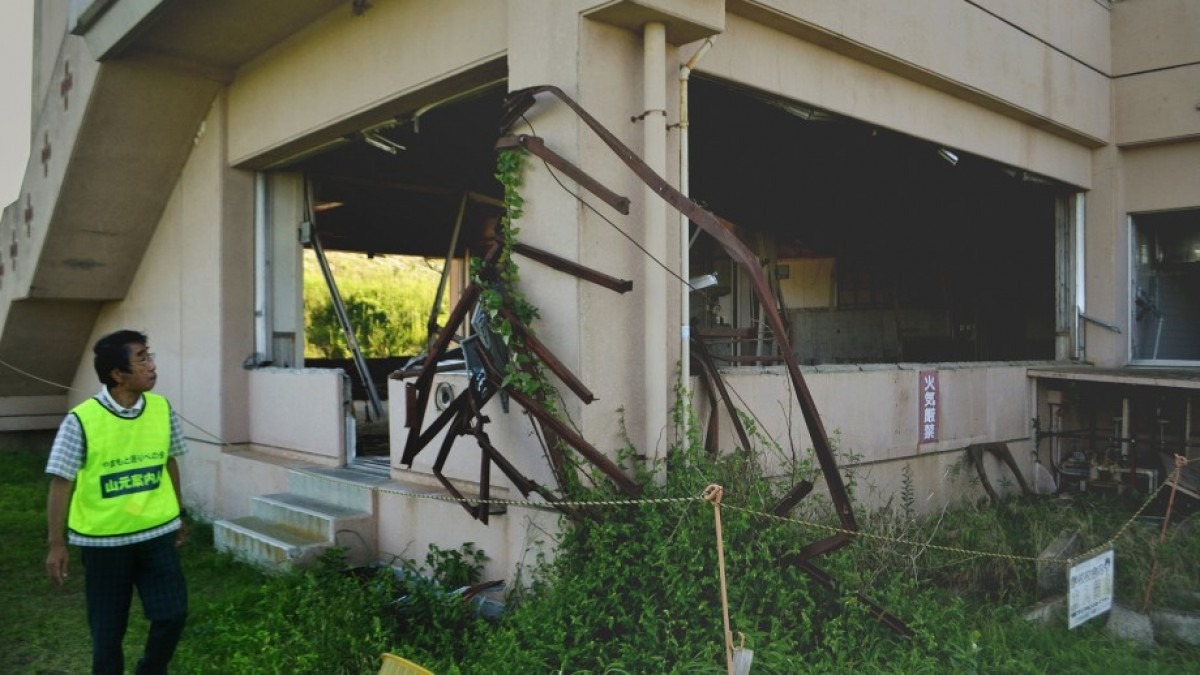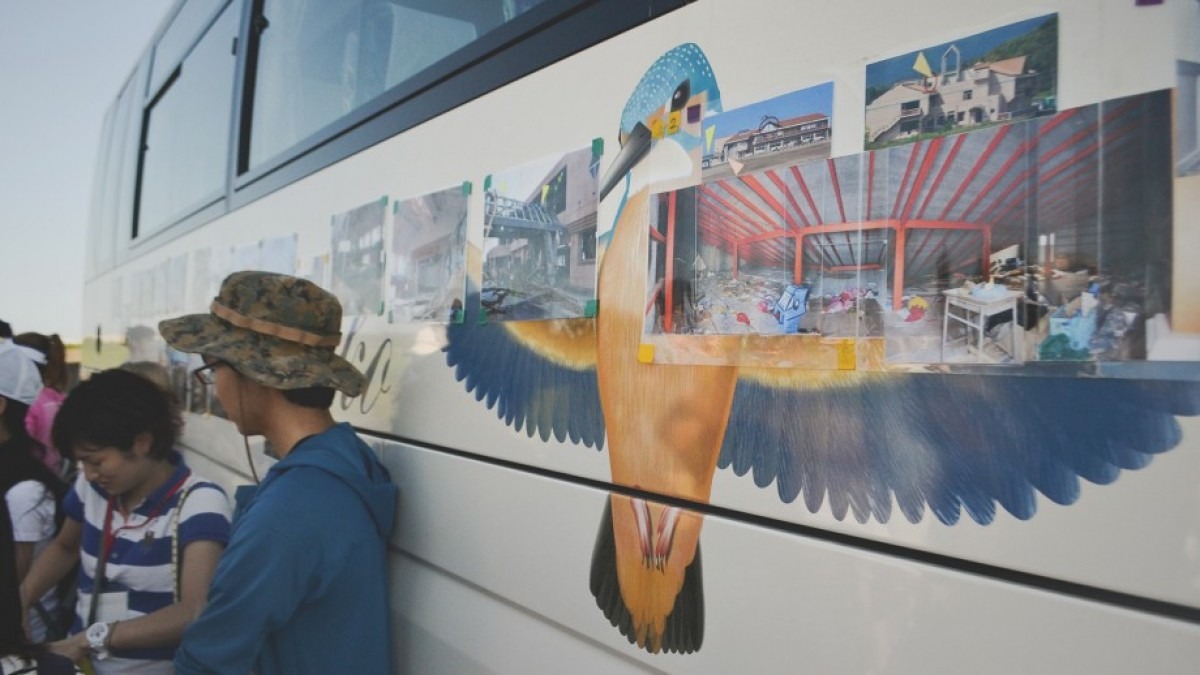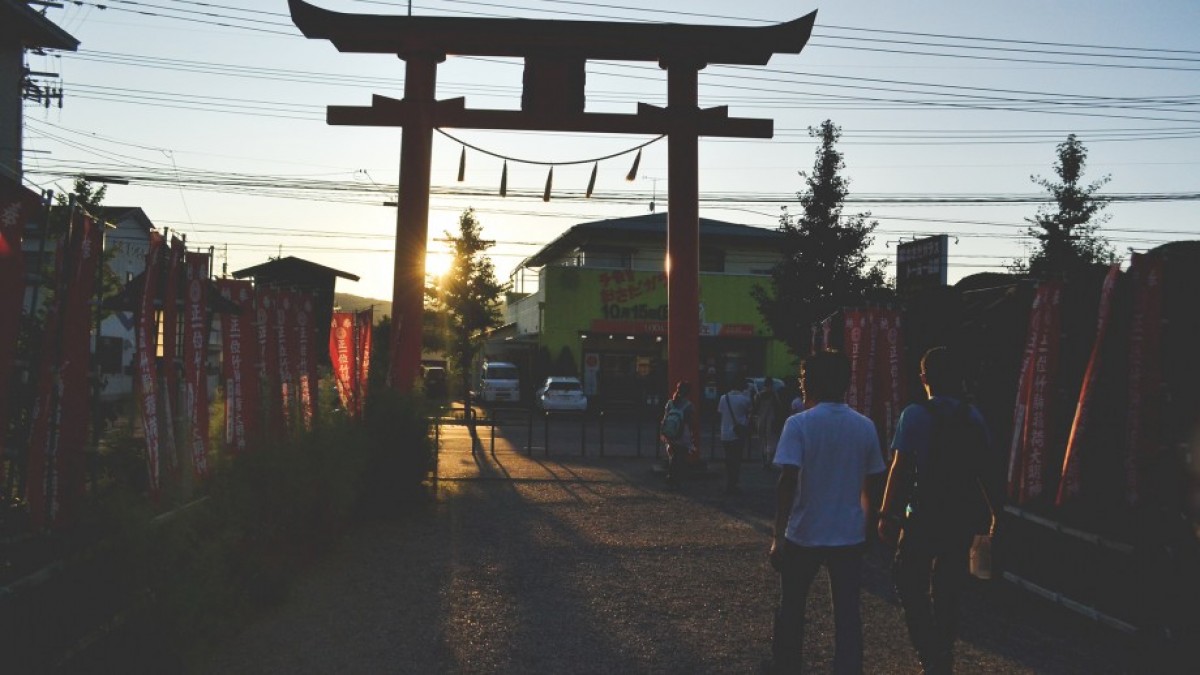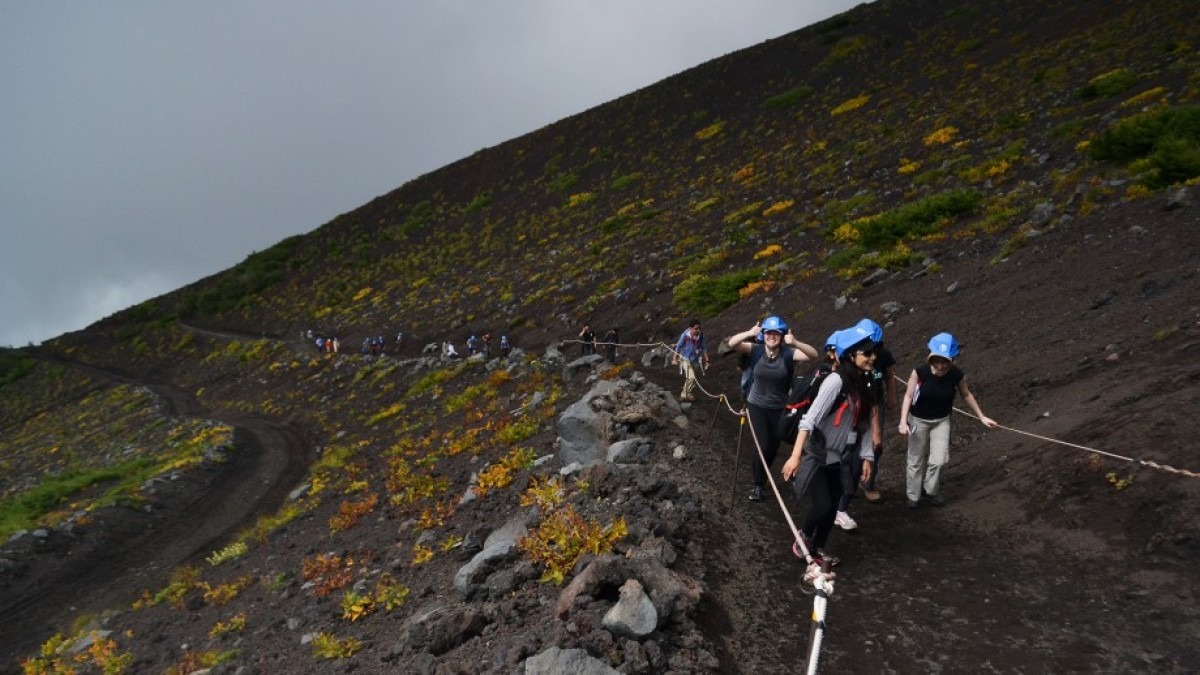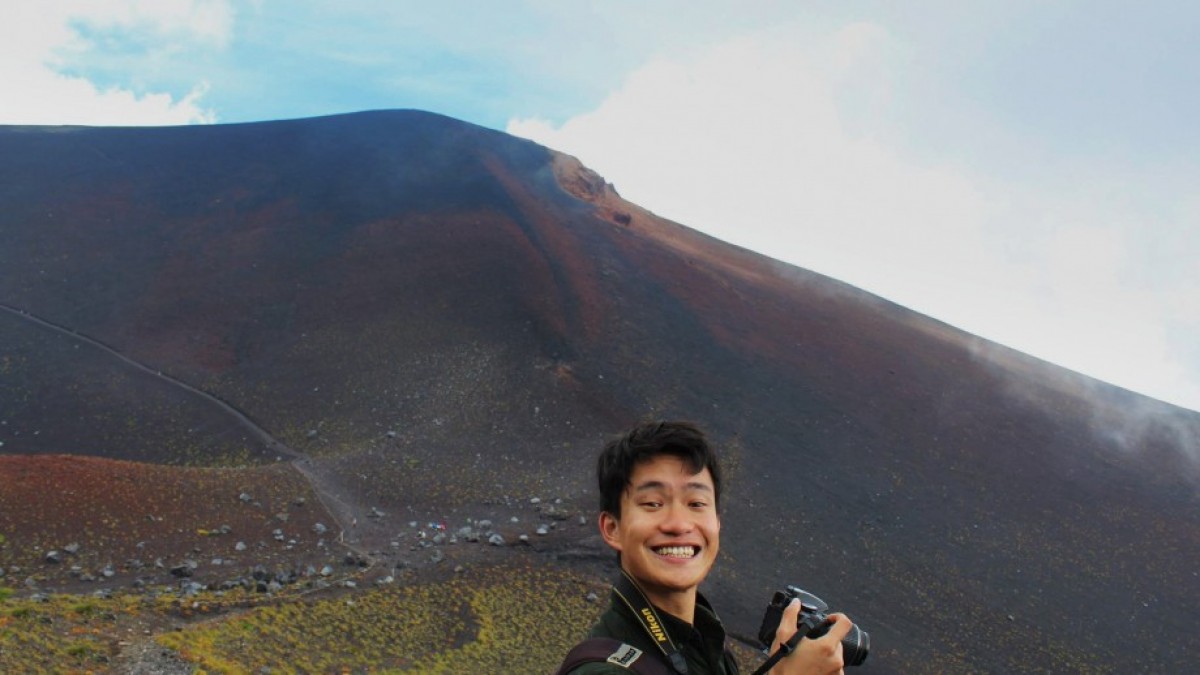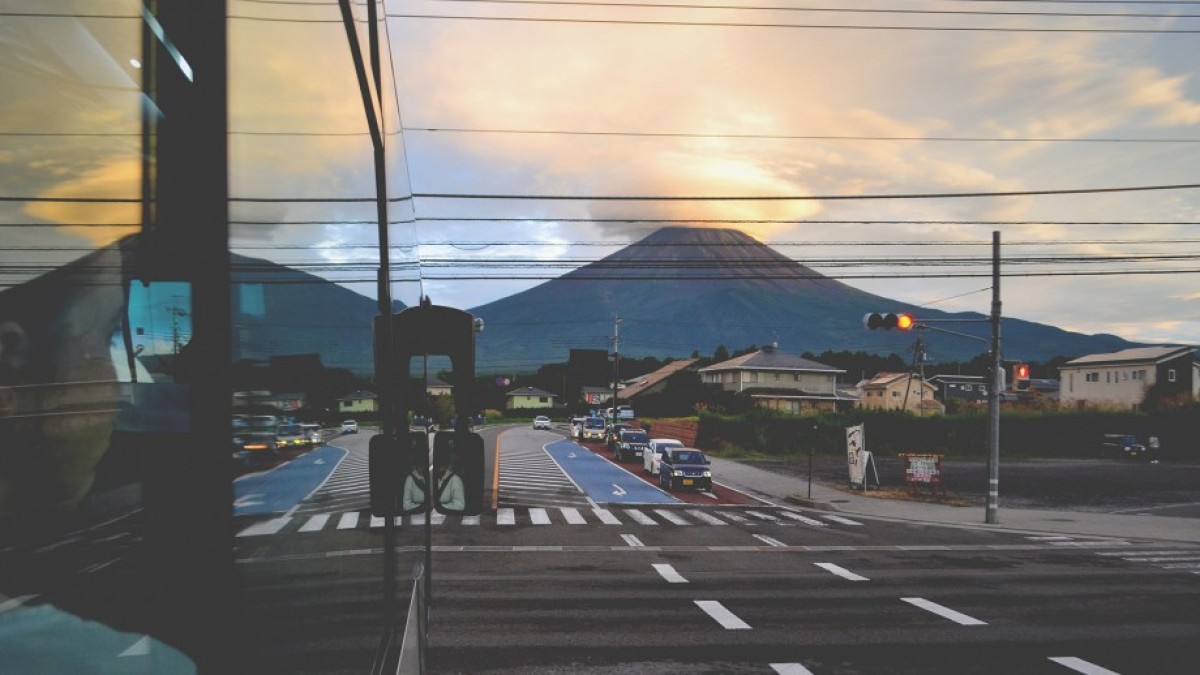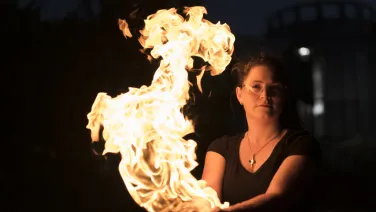A surreal visit to the sites of the Japanese tsunami
Like many Earth Science students, my passion for geoscience began with a simple fascination in volcanoes and earthquakes. But here in Australia, we—luckily—very rarely experience these phenomena.
On a recent trip to Japan, a group of 15 students, myself included, had the opportunity to study these geological hazards and their impacts in the very places they occur, visiting sites devastated by the 2011 earthquake and tsunami.
This New Colombo Plan short course, called Understanding Geological Hazards, was organised in a partnership between the ANU Research School of Earth Sciences and the Atmosphere and Ocean Research Institute at the University of Tokyo.
Find out more about studying Earth Sciences at ANU. Photo credit: Matthew Teh and Holly White.
The 15 of us from ANU came from a variety of backgrounds, each with our own reason for taking part in the course. Some wanted to investigate the resilience of infrastructure against geological hazards and others were interested in the societal responses to geological hazards in Japanese society. The trip was interdisciplinary in nature, so there was a really diverse range of opinions on different topics.
We spent time hiking along the Sanriku Coast which was severely affected by the March 11, 2011 earthquake and tsunami. Because of the steep cliffs and the narrow bays which dotted the coastline, the tsunami waves reached heights of up to 30 metres in this area.
Chains of paper cranes dot the memorial to the victims of the March 11, 2011 earthquake and tsunami in Onagawa in Miyagi Prefecture. Onagawa was one of the most devastated areas, where the tsunami waves were over 15 metres high, and destroyed 70 per cent of the town’s buildings.
The black patch in the distance is the town cemetery, which, along with the school, is all that remains of the Arahama Township, devastated in the March 11, 2011 earthquake and tsunami.
One of the high school principals observes the devastation at the Nakahama Elementary School on the Sendai Plain, inflicted by the March 11, 2011 earthquake and tsunami. The tsunami waves reached heights of up to 10 metres in this area. Students were saved by the quick thinking of the school principal who moved them to the attic of this school.
It is hard to believe that prior to the earthquake and tsunami, the now-barren landscape of the Sendai Plain was once full of bustling urban districts. This experience struck a sombre chord for many students. Understanding geological hazards in this context emphasised how scientific research can save human lives.
Photos from the attic where students took shelter from the tsunami on March 11, 2011 are displayed on our bus. These photos were the only way we could connect our experiences with the unimaginable experiences of the schoolchildren on that day. Despite lacking funds to manage the damaged school, the school principal returns every week to tend to the school grounds, paying homage to the building which saved his life.
While learning about the geological features of natural hazards, we were also immersed in the rich cultural heritage of Japan. A joint passion for natural sciences between the students from ANU and University of Tokyo broke down any linguistic and cultural barriers between us, and countless friendships were made.
We hiked to the Mount Hoei crater on the slopes of Mount Fuji, guided by scientists from the Mount Fuji Research Institute. Their research is being used to develop strategies to manage the potential devastation caused by an eruption of Mount Fuji in the future. The climb was a huge hit with all of us, as it’s a truth universally acknowledged that geoscientists love the outdoors.
Me, at the base of the Mount Hoei crater on the flanks of Mount Fuji.
While reminiscing at the local izakaya—and perhaps aided by many hours spent in close quarters on a cramped bus—language and cultural differences proved to be no barrier when it came to our passion for geoscience.
Understanding Geological Hazards offered the very best of the university experience: learning and friendships, while nurturing an insatiable curiosity for the world around us.
The program showed us how applicable Earth Science is, and its ability to make the world a better place.
